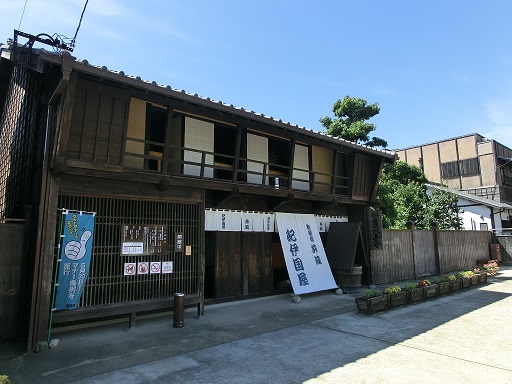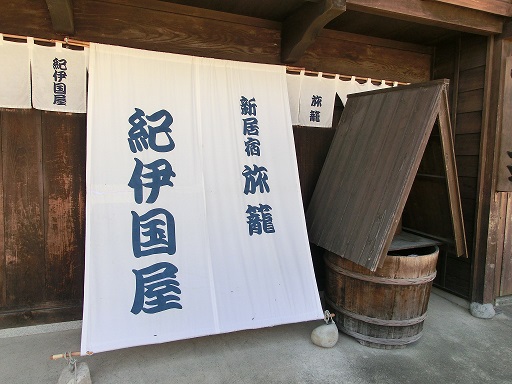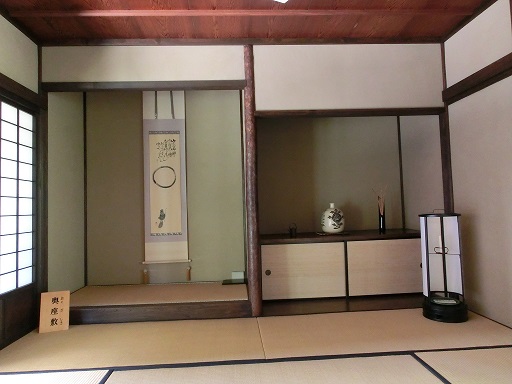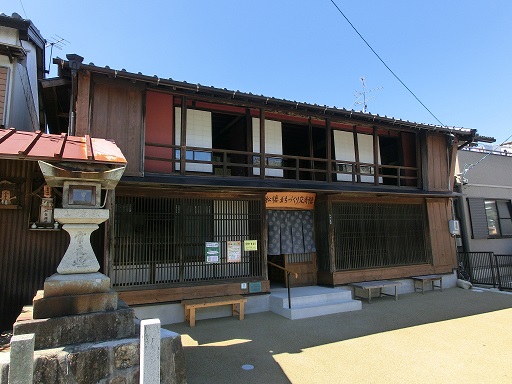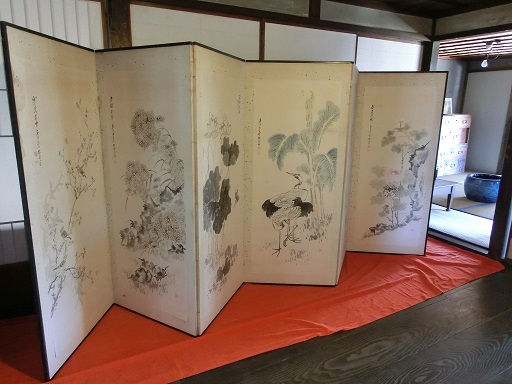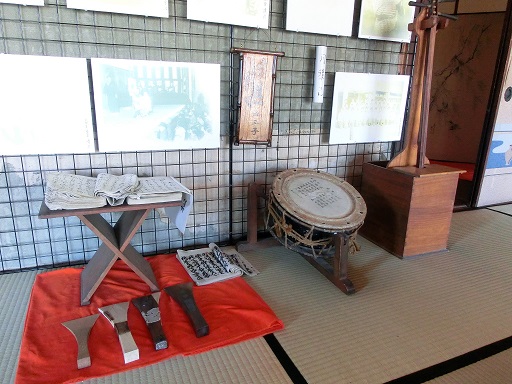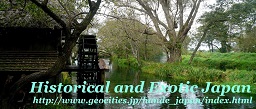|
Arai Barrier and Arai Post Town
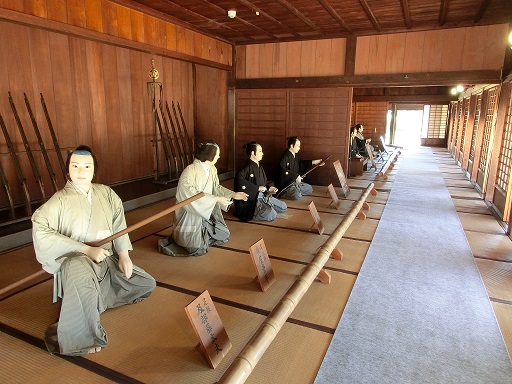
Arai was the thirty-one post town out of fifty-three post towns on Tokaido Road from Edo (Tokyo) to Kyoto in the Edo Age (1603 - 1868) . Near Arai Post Town, the Arai Barrier was also located.On Tokaido Road, barriers were located at Hakone and Arai. During the Edo Age, the legal wives of all feudal lords lived in Edo as hostages. Also Edo Bakufu, the central government of Japan in the Edo Age, concerned guns and weapons coming into Edo where Shogun lived. At the barriers, womens and weapons were strictly controlled. You will walk to the site of the Arai Barrier from Arai-Machi Station on the Tokaido Main Line. The Arai Barrier was located at a strait between Pacigic Oacean and Lake Hamanako. The area was reclaimed land after the Edo Age. You will see a narrow strait. 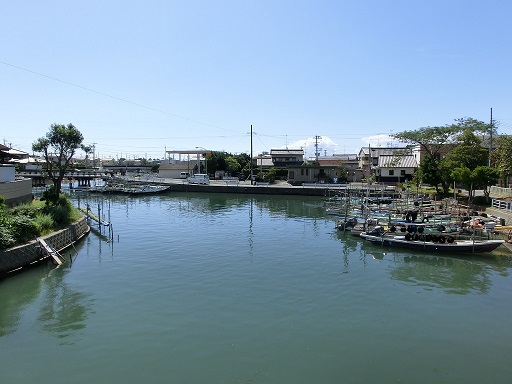
On the bridge over the strait, the "Ukiyoe" of the Arai Barrier, by UTAGAWA Hirosige (1797 - 1858) printed in 1840, is displayed. You will see that Arai Barrie was on the sea front.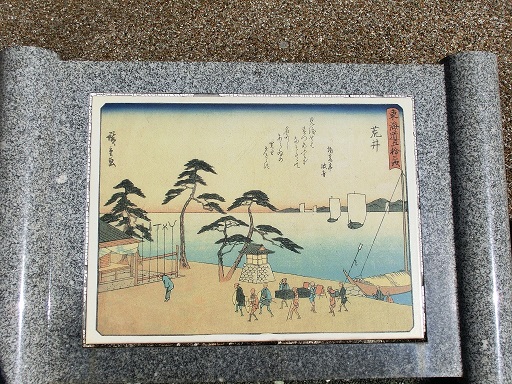
After ten minute walk from Araimachi Station, you will arrive at the site of the Arai Barrier. The low stone walls surrond the site of the Arai Barrier. The east side of the Arai Barrier was a port for ferries between the Arai Barrier and Maisaka Post Town, where is located approximately four kilometers east from the Arai Barrier. 
Travelars from Maisaka Post Town directly arrived at the Arai Barrier and went to the Barrier Office. The office building of the Arai Barrier remains from the Edo Age. The first Barrier Office Building was damaged by the earthquake happened in 1854 and rebuilt in 1855. 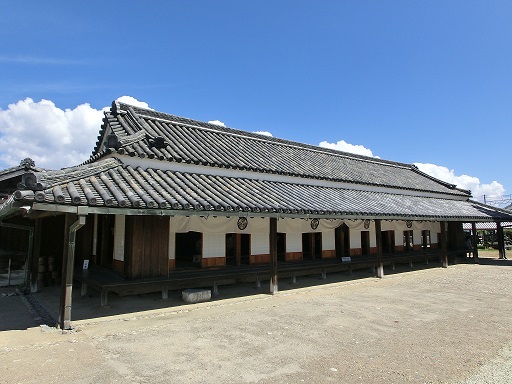
The office building is the only barrier office building rermains since the Edo Age in Japan. Inside the office building, seven life-size dolls are displayed. They are officials of Ari Barrier. People in the left side are lower officers and right side are upper class officers. |

